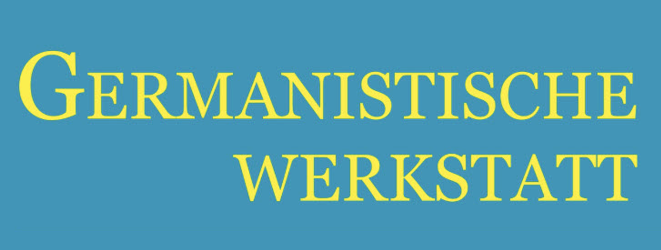

 https://doi.org/10.25167/pg.5218
https://doi.org/10.25167/pg.5218
This article focuses on the semiotics of space in Tauben im Gras (1951) by Wolfgang Koeppen. Topographical spaces are divided into two types: contrast spaces and encounter spaces. Within this context, the semantics of these spaces are explained extensively and respectively against the background of historical, social and cultural connotations, and reflected in terms of their functionality. By analyzing the relationship between plot and space, Koeppen’s world model can be revealed.
Download files
Citation rules
Licence

This work is licensed under a Creative Commons Attribution-NonCommercial-ShareAlike 4.0 International License.